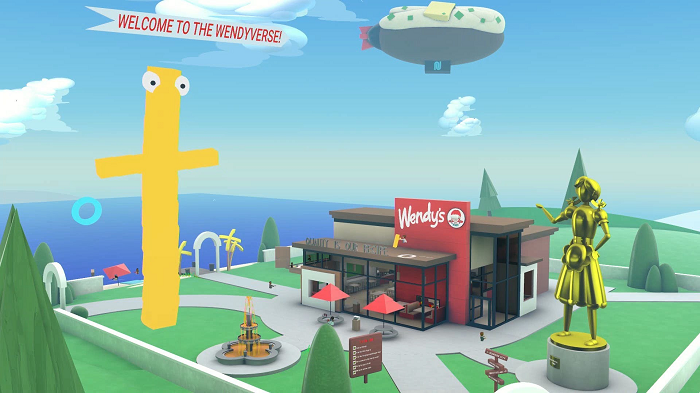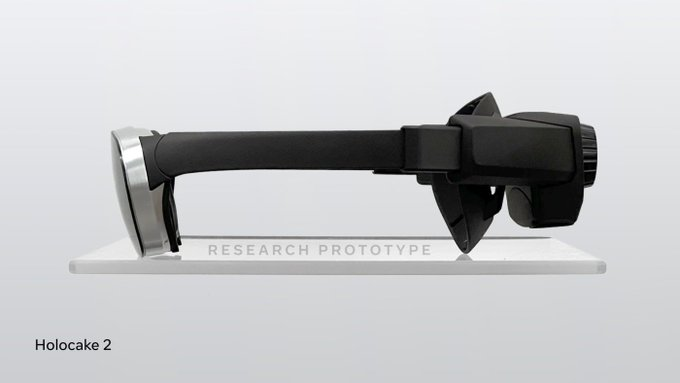As it looks towards the future of digital connection, Meta is developing various tools to help facilitate that process, which includes a major focus on VR development, and making VR a more immersive, realistic, responsive experience, that people can use for anything that they desire.
But we’re not there yet. At present, the current VR experience is pretty amazing, in terms of functional, untethered headsets, but the actual in-world elements are still a way off from where Meta wants them to be, with the blocky, legless graphic experience being more of a framework for the next stage.

Which is where Meta is focused, and today, Meta CEO Mark Zuckerberg has offered a glimpse of what’s coming, with an overview of various VR units and experiments that Meta is working on to facilitate the next stage.
As explained by Zuckerberg, the various headsets have been built to focus on specific elements of VR development, including retinal resolution for enhanced visual experiences, focal depth, which enables you to focus on different objects on screen, and high dynamic range for optimal color realism in VR spaces.
The challenge then is to incorporate all of these elements into a single VR unit, which Zuckerberg says they have done with ‘Holocake II’, which is a working prototype for its most advanced, holographic VR unit.

Which is not available to consumers as yet, and won’t be for some time, if ever – but the various experiments provide some perspective on how Meta’s looking to solve the key challenges of VR, with a view to it becoming the portal to its advanced metaverse experience.
Zuckerberg’s showcase is the latest in Meta’s new push to provide more perspective on the future, and what people will be able to do within its advanced, idealistic VR worlds.
Over the past month, Meta has been releasing new glimpses into the future of VR, which comes amid concerns that Meta’s high spending on development, and slowly shrinking ad revenue, could become problematic for the company at some stage.
As we noted recently, in some ways, it seems like Meta may have gone too early with its metaverse push, as we’re still so far away from a functional metaverse experience being a reality, but at the same time, given that it’s investing billions into its VR development, Meta needed to provide some indication of its eventual product roadmap, in order to appease investors and the broader market.
Whether that comes to fruition is another question. Sure, the metaverse looks amazing, and it very well may be the future of connection for the next generation of consumers. But there are no guarantees, and as Meta tries to chase TikTok, and recoup losses as a result of Apple’s privacy permissions update, there is a risk that, if the metaverse fails to catch on, it could end up hurting the company’s long term growth ambitions.
Of course, no one’s betting against Zuck, and clearly, modern gaming and interaction trends do point to in-world social engagement being the future, in some form. But it’s hard, right now, to bridge the gap between the current VR experience – which is fairly clunky and nauseating for any length of time – and Meta’s imagined immersive worlds, where everything and anything will be possible, all of the time.
It seems likely that’s where things are headed, but there are many stepping stones in between, which is what Meta is now trying to explain to consumers, and the market, as it progresses towards its next stage.



